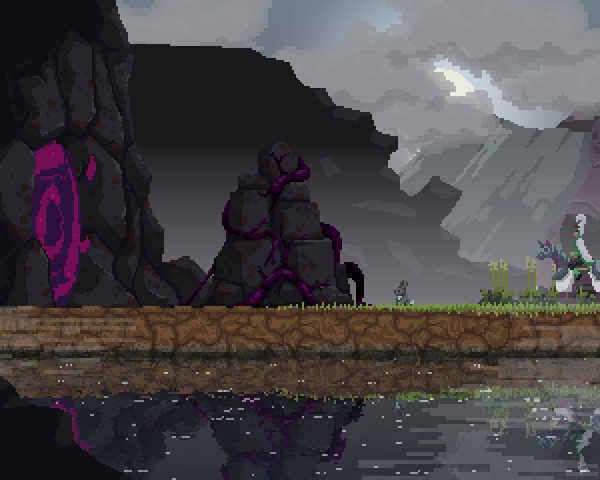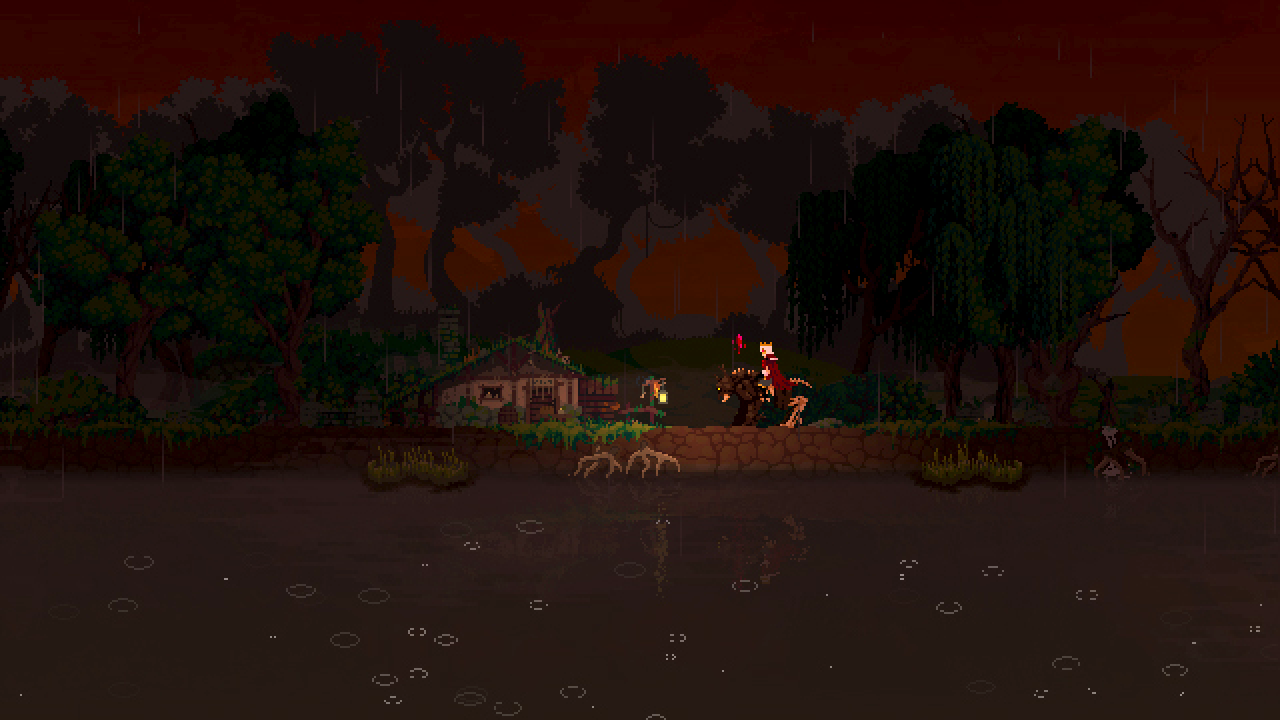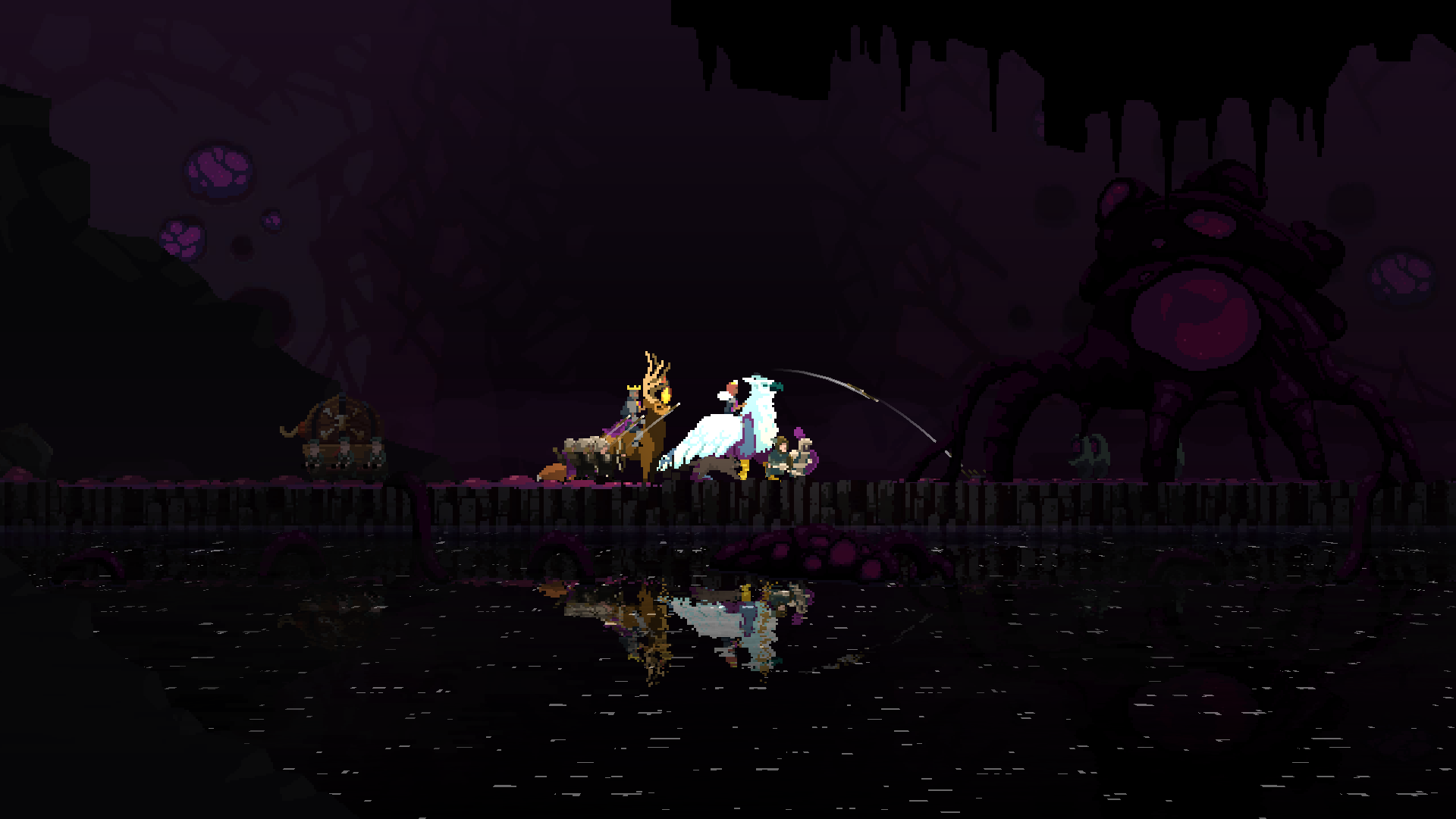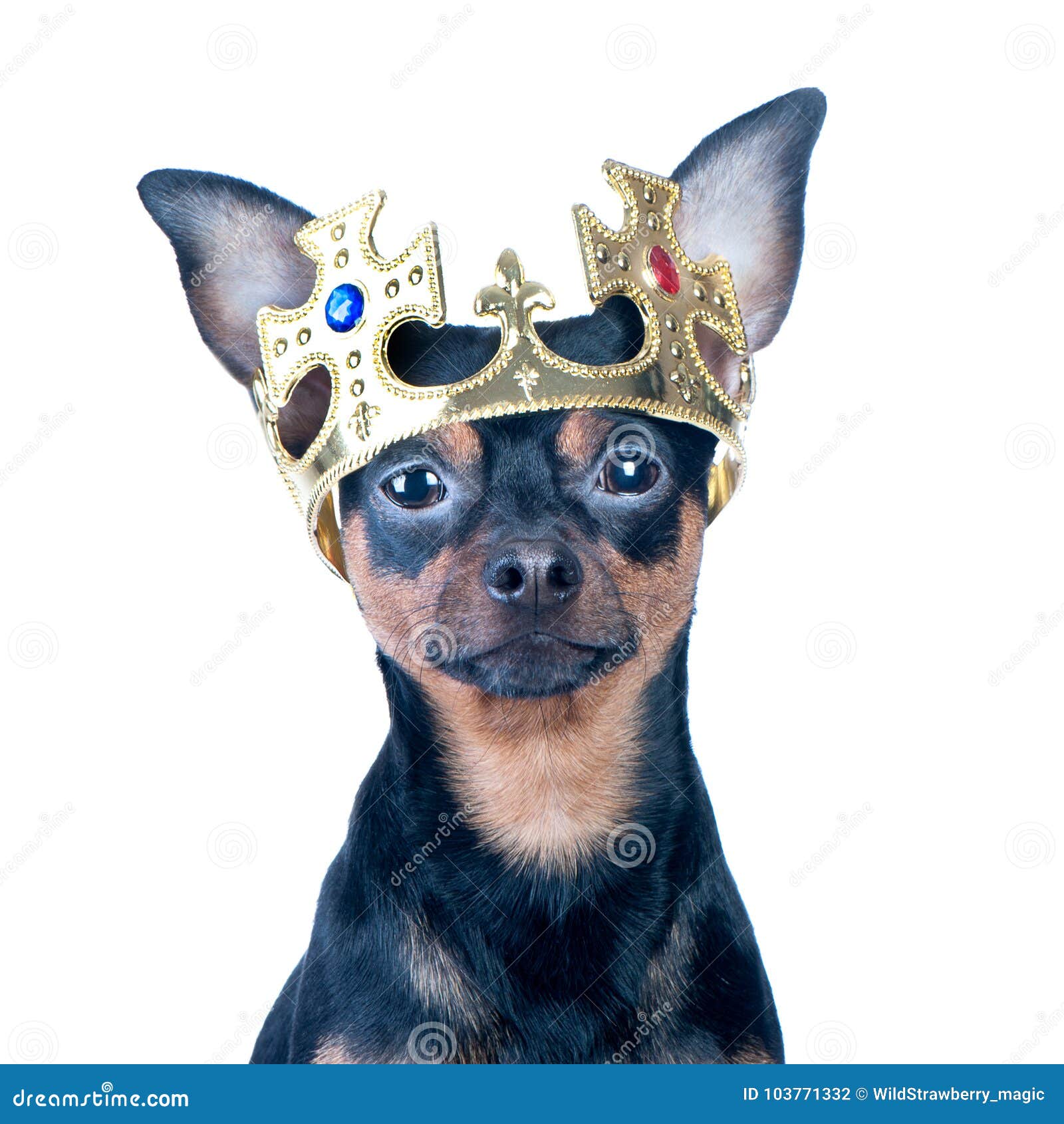

In Norfolk a sun-dog is a light spot near the sun, and water-dogs are the light watery clouds dog here is no doubt the same word as dag, dew or mist as "a little dag of rain" ( Philolog. The phenomena of false suns which sometimes attend or dog the true when seen through the mist ( parhelions). In Abram Palmer's 1882 book Folk-etymology: A Dictionary of Verbal Corruptions Or Words Perverted in Form Or Meaning, by False Derivation Or Mistaken Analogy, sun-dogs are defined: The Oxford English Dictionary says it is "of obscure origin".


The exact etymology of sun dog largely remains a mystery. For referring to the atmospheric phenomenon in general, the term (ice crystal) halo(s) is more appropriate. However, sun dogs represent just one of many different types of halos.

Sun dogs in Hesse, Germany – AugTerminology Ī somewhat common misconception among the general public is to refer to any member of the ice halo family as a "sun dog" (especially the 22° halo, being one of the most common varieties). On the gas giant planets- Jupiter, Saturn, Uranus, and Neptune-other crystals form clouds of ammonia, methane, and other substances that can produce halos with four or more sun dogs. Mars might have sun dogs formed by both water-ice and CO 2-ice. It is possible to predict the forms of sun dogs as would be seen on other planets and moons. As the Sun rises higher, the rays passing through the plate crystals are increasingly skewed from the horizontal plane, causing their angle of deviation to increase and the sun dogs to move farther from the 22° halo, while staying at the same elevation. Another halo variety often seen together with sun dogs is the 22° halo, which forms a ring at roughly the same angular distance from the sun as the sun dogs, thus appearing to interconnect them. The latter is often missed by viewers, since it is located more or less directly overhead. The same plate-shaped ice crystals that cause sun dogs are also responsible for the colorful circumzenithal arc, meaning that these two types of halo tend to co-occur. The colors of the sun dog finally merge into the white of the parhelic circle (if the latter is visible). The colors overlap considerably and are muted, never pure or saturated. Sun dogs are red-colored at the side nearest the Sun farther out the colors grade through oranges to blue. Larger plates wobble more, and thus produce taller sun dogs. As the crystals gently float downwards with their large hexagonal faces almost horizontal, sunlight is refracted horizontally, and sun dogs are seen to the left and right of the Sun. The crystals act as prisms, bending the light rays passing through them with a minimum deflection of 22°. Sun dogs are commonly caused by the refraction and scattering of light from horizontally oriented plate-shaped hexagonal ice crystals either suspended in high and cold cirrus or cirrostratus clouds, or drifting in freezing moist air at low levels as diamond dust. Also visible are a Parry arc, an upper tangent arc, a 22° halo and part of the parhelic circle. Right-hand sun dog in Salem, Massachusetts, Oct 27, 2012.


 0 kommentar(er)
0 kommentar(er)
